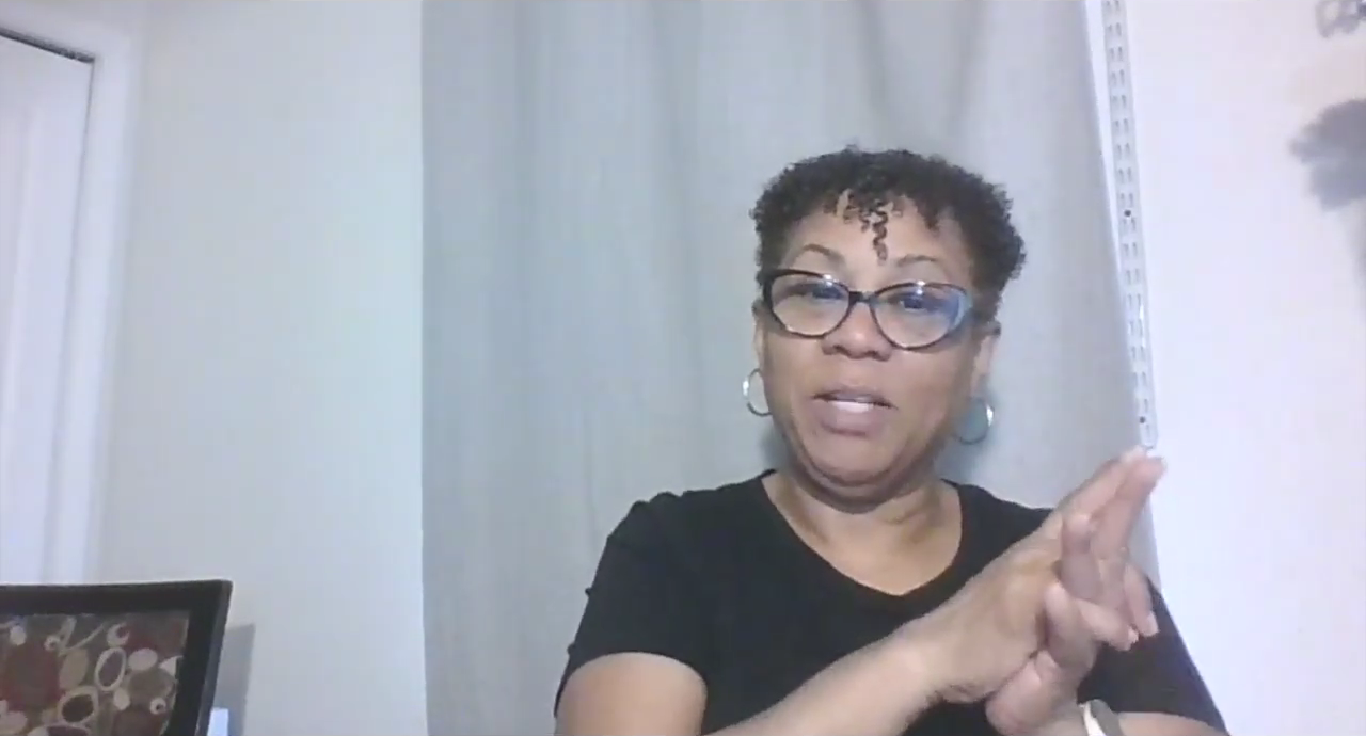Know Your Numbers: Gross Profit Margin
Guest Post by Cyndi Thomason of bookskeep
As business owners, we often concentrate on our top line sales number. We use this number as a measuring stick of sorts for how well our business is doing; how successful we are. As a member of several seller Facebook groups, I see it is a point of pride for many. Of course, there’s no argument that sales are important, but for goal setting, the better number to focus on is what we keep as profits.
To have profit at the end of the day, you must be mindful of your costs. The first step in being mindful is to understand the costs related to producing and selling your product. These are listed on your Profit and Loss Statement as Cost of Goods Sold and, in some cases, Cost of Sales. The Cost of Goods Sold items include the cost to produce or source the product, the value added in labeling, bagging and other prep center work and shipping to you or Amazon from your factory. Cost of Sales is often included under the term Cost of Goods Sold, and this is the presentation for QuickBooks. Items included in Cost of Sales are your selling fees from Amazon and other merchant processors such as stripe or PayPal.
For accrual or modified cash books, you will be matching up your sales with the cost of goods and cost of sales for the units sold. This allows you to see your profitability for the month. On your Profit and Loss Statement, this is listed as your Gross Profit and is calculated by Sales Revenue – Cost of Goods Sold – Cost of Sales = Gross Profit. This number is critical to understanding your business health because it allows you to determine your Gross Profit Margin. To calculate your Gross Profit Margin, often referred to as Gross Margin, divide your Gross Profit by your Sales Revenue and multiply by 100 to get a percentage. This percentage allows you to benchmark your numbers against standards. The standard that you should compare against is 30% or higher.
We have compared our clients that are performing well and able to pay the owners a salary and a maintain a profit as well as grow their business. We concluded that 30% is the number that sets you up for success and growth. If you are new in the business, this may seem high, because you don’t have a lot of operating expenses. However, as you grow you will find that you have to pay for infrastructure such as employees, warehouses, software, etc. You will also want to create a product launch “machine” to ensure that you always have products on the growth curve. Having sales generate enough gross profit that you can set aside funds to purchase and market the stock for your new products eliminates the need to rely on debt.
Clients that have less that 30% Gross Margin tend to use debt for growing their business either in scaling operations or adding new products. If you have a lot of debt in your business, then a portion of the gross profit will be going toward debt service or interest. This ultimately takes aware from the cash you will have to pay for growing your operations and products.
Your accounting system will give you your Gross Profit and Gross Margin in total. You will also want to understand your Gross Profit by product. Additionally, 30% is also your target for the product Gross Margin. If you have products that are performing well, what can you do to build on that success and get more out of them? If you have poor performing products, can you increase prices and get them up to 30% or is it time to cut them loose? Many times, we hold onto products for sentimental reasons and they are dragging down the business. They take cash and brain power to keep them in stock. Would you be better off if you deployed your energy and cash towards something else?
If you have a lot to evaluate, the use the 80/20 rule. Look at the top 20% and the bottom 20% product performers. Work on those that need attention for a month or two, then take the next 20% from the top and bottom. By working through them systematically, you can move the needle on your profitability and get set to grow.
 Cyndi Thomason
Cyndi Thomason
All great journeys begin with a single step. For bookskeep, that step was our very first Amazon client. I enjoyed working with them so much that through consistent referrals, I began partnering with more Amazon sellers every month. I quickly realized something: Many Amazon pros are pursuing the same flexible lifestyle I am. From that realization was born one of our primary goals at bookskeep—to loosen the financial grip your business has on you so that you can enjoy your life as you build your business.
Try InventoryLab Today
30 Day Free Trial
Save time and money by streamlining your Amazon business. Source, List, Ship, and Analyze all in one place.
Get Started
Brian
Do you consider cost to ship the product to the customer COGS or Cost of Sales? How do you calculate for returns?